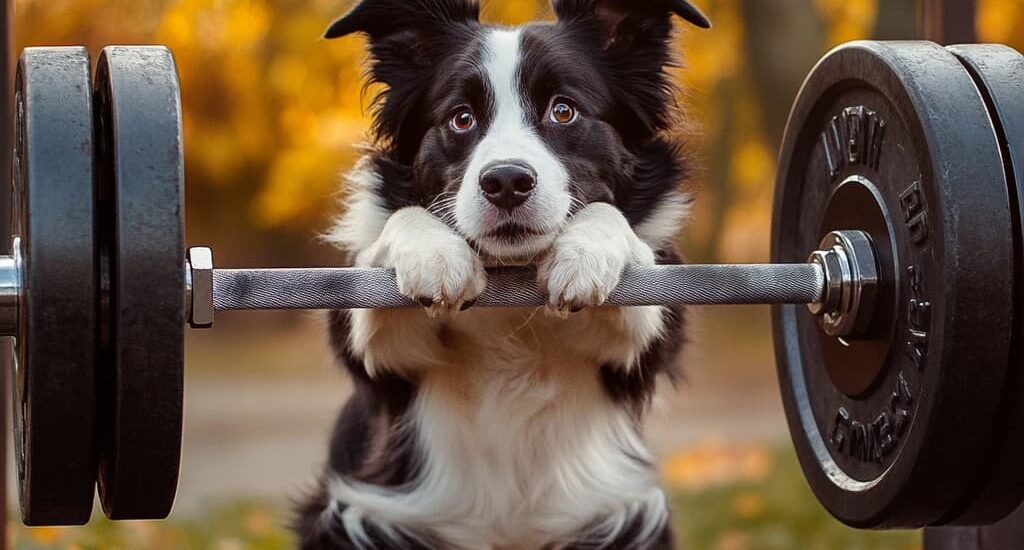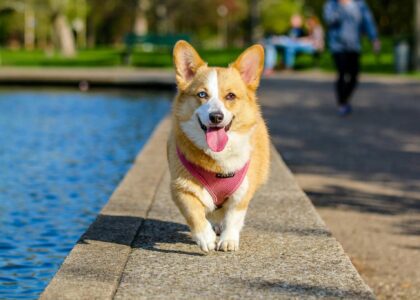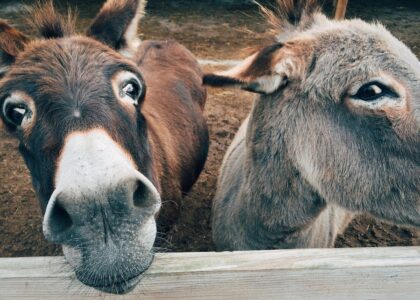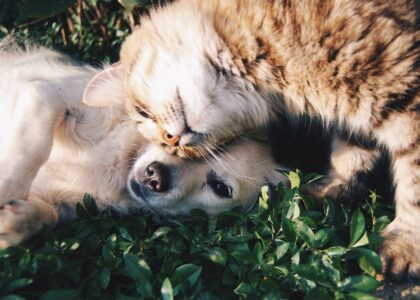Just like humans, pets need regular physical activity to maintain a healthy body, sharp mind, and balanced mood. Whether you have a playful pup or a laid-back cat, incorporating movement into their daily routine is essential for their long-term well-being.
Unfortunately, many pets—especially those living in urban environments or kept indoors—don’t get the exercise they need. Sedentary lifestyles can lead to obesity, joint issues, behavioral problems, and even depression in animals.
The good news? Keeping your pet active doesn’t have to be complicated. With a little creativity, commitment, and an understanding of your pet’s needs, you can make exercise a fun and rewarding part of everyday life. In this article, we’ll explore the importance of physical activity for pets and offer games, workouts, and tips to get your furry friends moving and thriving.
Why Physical Activity Matters for Pets
Regular exercise for pets has numerous physical and mental benefits, including:
- Weight control and obesity prevention
- Improved cardiovascular and joint health
- Stronger muscles and bones
- Reduced risk of disease
- Better digestion
- Decreased anxiety and boredom
- Improved socialization and behavior
Dogs and cats, in particular, are natural hunters, explorers, and movers. Providing them with proper outlets for these instincts supports their overall quality of life.
How Much Exercise Does Your Pet Need?
The ideal amount and type of exercise varies based on species, age, breed, and health condition.
For Dogs:
- Puppies (under 1 year): short bursts of activity several times a day
- Adult dogs: 30–90 minutes daily, depending on breed and energy level
- Senior dogs: lighter, low-impact activities like walking or gentle play
High-energy breeds like Border Collies or Huskies will need much more vigorous exercise than smaller or more sedentary breeds.
For Cats:
- Kittens: naturally active — play multiple times a day
- Adult cats: 20–30 minutes of active play per day
- Senior cats: gentle play with toys that mimic prey
Cats are sprinters, not marathoners. Short, stimulating play sessions work best.
Fun Games and Exercises for Dogs
1. Fetch with a Twist
Traditional fetch is great cardio, but you can make it more challenging by tossing the ball up a hill or into shallow water (if your dog enjoys swimming). You can also try different objects like frisbees or soft tug toys.
2. Tug-of-War
This game provides both physical and mental stimulation, while also building your bond. Use a sturdy toy and allow your dog to win occasionally—it boosts confidence.
3. Obstacle Courses
Create a mini agility course in your backyard or living room using household items (like chairs, boxes, or hula hoops). Teach your dog to jump, crawl, or weave through obstacles.
4. Hide and Seek
Hide somewhere in the house or yard and call your dog. This encourages problem-solving and strengthens recall commands.
5. Walks with Purpose
Instead of the same old route, try changing it up:
- Include hills or stairs
- Visit a new park or trail
- Let your dog sniff — it’s mentally enriching!
Fun Games and Exercises for Cats
1. Laser Pointer Chase
Cats love chasing moving targets. A laser pointer can provide intense cardio, but make sure to end the session with a real toy to catch to avoid frustration.
2. Feather Wand Play
Use interactive wand toys to simulate the movement of birds or mice. Move the toy in unpredictable ways to engage your cat’s hunting instincts.
3. Climbing and Scratching Posts
Encourage your cat to climb by offering cat trees, shelves, or window perches. Scratching posts also allow them to stretch and stay active.
4. Puzzle Feeders
Make mealtime interactive with puzzle toys that release kibble as your cat bats or rolls them around. It combines mental stimulation with movement.
5. Cardboard Box Obstacle Course
Cats love boxes! Create a little maze or fort out of cardboard boxes and paper bags for your cat to explore.
Indoor vs. Outdoor Activity
While outdoor space can be a bonus, both dogs and cats can live active, fulfilling lives indoors with the right setup. Here are some tips for each:
Indoor Tips:
- Designate “play zones” with toys and space to run
- Rotate toys to keep things fresh
- Use puzzle feeders or treat-dispensing toys
- Play interactive games daily
Outdoor Tips:
- Always supervise your pet or use secure fencing
- Use leashes or harnesses for walks (yes, even for some cats!)
- Offer shaded areas and water during warm weather
Including Physical Activity in Daily Routines
Here are some simple ways to integrate exercise into your daily schedule:
- Take the stairs instead of the elevator—with your pet
- Turn mealtime into a game with treat balls or scavenger hunts
- Use short play breaks between work-from-home tasks
- Set a reminder for morning and evening walk/play sessions
Even 5–10 minute play periods throughout the day can make a huge difference for your pet’s physical and mental health.
Warning Signs of Overexertion
While exercise is crucial, overdoing it can be harmful—especially for very young, old, or sick animals. Watch for these signs:
- Excessive panting or drooling
- Limping or joint stiffness
- Lack of interest in continuing play
- Collapsing or difficulty breathing
If in doubt, consult your veterinarian for tailored advice based on your pet’s health.
Final Thoughts
Keeping your pet active isn’t just about burning calories — it’s about enhancing their quality of life, deepening your bond, and preventing a host of health problems. Whether it’s a high-speed chase, a walk around the block, or a quiet climb on a cat tree, every bit of movement counts.
With regular physical activity, your pet will not only live longer but enjoy every moment of life with more joy, energy, and companionship. So grab that leash, toss that toy, and get moving — your pet will thank you for it.






Recent Comments